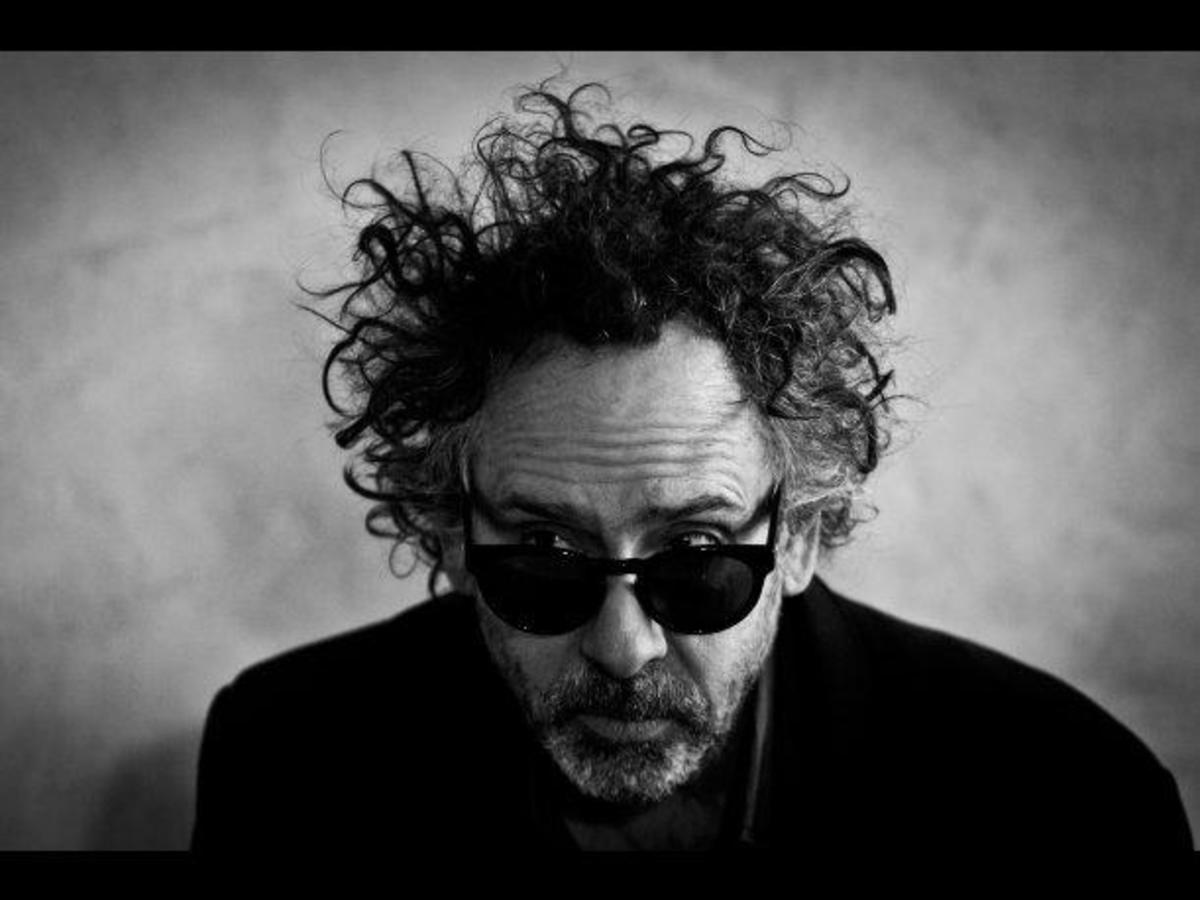I have decided to try and animate my story ‘An Aspiring Actress’. One because I think it is engaging and would be fun to animate, and two because it doesn’t have many elements to it and I have a better chance of finishing it.
I’m first going to try it as a 3D animation, making lil figurines and scenes and see how that goes, and if that proves unsuccessful then I’ll go down a different route. 






























































 I have used a similar collage style and different layers to represent the loss of innocence and the exploration of sexual themes.
I have used a similar collage style and different layers to represent the loss of innocence and the exploration of sexual themes.